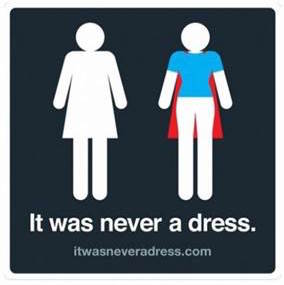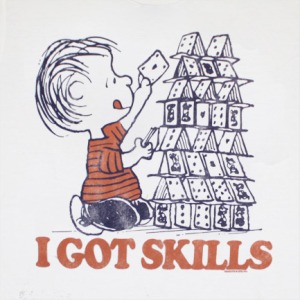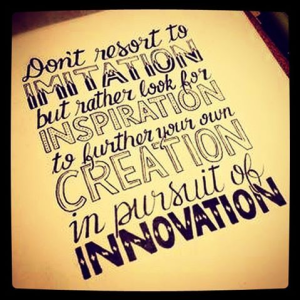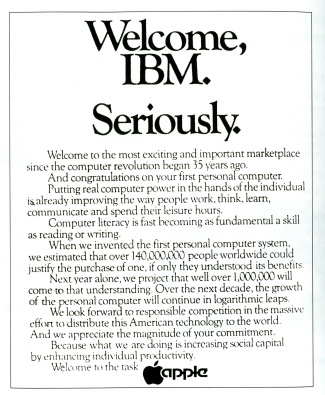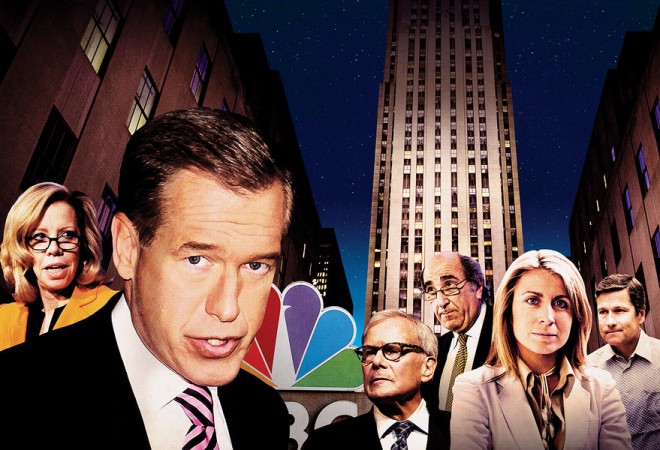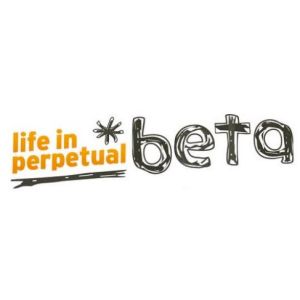 One thing we pride ourselves on at Workible is our culture of constant innovation. “Perpetual beta” – as I heard it put at innovation hub, Ideo, in Silicon Valley a couple of years ago – beta being the term that technology companies have used for years to describe their testing period.
One thing we pride ourselves on at Workible is our culture of constant innovation. “Perpetual beta” – as I heard it put at innovation hub, Ideo, in Silicon Valley a couple of years ago – beta being the term that technology companies have used for years to describe their testing period.
This term made a lot of sense to me. You see, technology is never really finished – not if you’re serious about it.
It’s why companies like Facebook and Google have massive teams of developers always looking at additional features, user experience tweaks and a better, smoother user interface.
Recently I heard my friend and entrepreneur Dale Beaumont put it a different way. He said “if you’re not innovating and moving forward, you’re not standing still, you’re actually moving backwards” and that’s because everything around you is changing and increasing pace.
It’s really true. Never before have things moved so fast or has the pace of change accelerated at such a speed – and it’s only going to get faster. You don’t have a chance to build your technology, move it into the market, see how it settles and then decide what’s next, instead you release it, fix it along the way (or fail fast) and keep innovating while you’re doing it.
That’s perpetual beta.
To be able to do that, however, you need to keep a finger on the pulse of the market. You need to have an ear on the ground, to listen to the chatter and gossip in your industry to uncover what the pain points are then plan to address them. You need to watch what others are doing, not just your competitors but other businesses in other verticals that are being innovative then apply those innovations to your industry.
In our space, we see businesses all the time who are trying to take the “same old, same old” approach to recruitment just with prettier logos or by throwing large amounts of money at big brand ad campaigns – but that’s not innovation.
Every industry is currently being disrupted, not just by doing the same thing a bit differently but by doing it totally better – and ours is no different (and, we are leading that charge!). For some industries that’s really hard (recruitment is one – they’re not early adopters) but it’s going to happen – that’s a given.
You only have to look at what businesses like AirBNB and Uber have done in their markets – by doing something totally different they’ve really put a cat amongst the pigeons, so much so that governments in some areas are actually trying to close them down.
But people love them both because they’ve simply offered a better way of doing things – and they’ve done it by thinking outside the square.
But, are they done? Absolutely not. Uber’s last capital raise was $1B and Airbnb’s was $1.5B (yes, billion!!) showing that those companies are still expanding – and innovating along the way.
Innovation is not an idea – it’s an attitude. It’s applying a “how can we do it better” every day. It’s about being constantly frustrated and dissatisfied with what you have, and knowing that you still have a long way to go.
We often get asked when Workible will be finished. The answer is never. The fact that the whiteboards in our office are covered with hundreds of coloured post-it notes for new ideas, features and improvements are testament to that.
It’s as frustrating as hell. If we could wave a magic wand and have 500 developers working to make all of those post-it note ideas a reality, I’m guessing that the board would quickly fill up with even more ideas to replace them.
That’s what true innovation is. Constant change. Never ending improvement. Out there ideas. What if’s. If only’s. Continual frustration. Limitless opportunities. Perpetual Beta.
And we love it.



